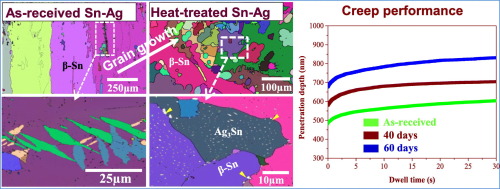About us
FASTPCBA Co.,Ltd
-
 Building 1, Senyang Electronic Technology Park, Guangming High-tech Park, Yutang Street, Guangming District, Shenzhen City.
Building 1, Senyang Electronic Technology Park, Guangming High-tech Park, Yutang Street, Guangming District, Shenzhen City.
-
 F:86-13418481618
F:86-13418481618
-
 [email protected]
[email protected]
 date:2019-04-19 14:34:00
date:2019-04-19 14:34:00
Surface mount soldering joint formation process and metallographic organization
The formation of solder joints includes two processes - melting and recrystallization of the solder, and interfacial reaction. The interfacial reaction process can be divided into three segments: solder wetting (spreading), base metal melting/diffusion, and intermetallic compound (IMC) formation.
(1) The metallographic structure of Sn-37Pb alloy is determined by two metal phases - Sn with about 2% lead, Pb and about 20% tin solid solution. In a eutectic alloy, usually two metals behave as a uniform sheet-like structure of staggered laminates.

(2) The metallographic structure of Sn-3.5Ag alloy is "Sn+Ag3Sn". Generally, Ag3Sn can be uniformly dispersed in the parent Sn phase to form a cyclic structure, and the white particles are Ag3Sn, and the particle diameter is 1 μm or less.
(3) The metallographic structure of SAC alloy is pure Sn plus IMC (Cu3Sn, Ag3Sn), A is Sn phase, which is dendritic crystal structure; B is eutectic phase, including two-unit eutectic (Sn+Cu6Sn5, Sn+Ag3Sn And ternary eutectic (Sn+Cu6Sn5+Ag3Sn); C is an intermetallic compound (Cu6Sn5+Ag3Sn) at the grain boundary, and Ag3Sn is needle-like.
(4)Solder SAC305 with Sn-37Pb to form a metal-rich structure with more lead-rich phase than SAC.

 Building 1, Senyang Electronic Technology Park, Guangming High-tech Park, Yutang Street, Guangming District, Shenzhen City.
Building 1, Senyang Electronic Technology Park, Guangming High-tech Park, Yutang Street, Guangming District, Shenzhen City.
 F:86-13418481618
F:86-13418481618
 [email protected]
[email protected]